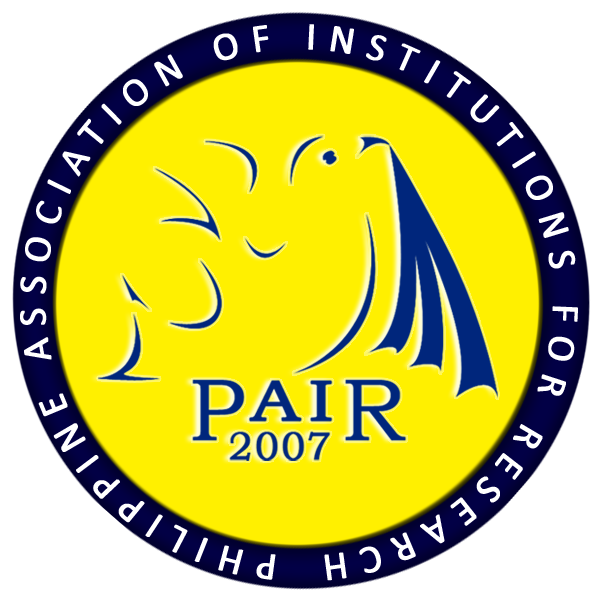Degradability of Plastics in Mangrove Soil from Eco-Mangrove Reserve in Calapan City, Oriental Mindoro Philippines
DOI:
https://doi.org/10.7719/jpair.v31i1.565Keywords:
Biological Science, Winogradsky, plastic-degrading bacteria, improvised nutrient medium, PhilippinesAbstract
Mangrove forests are indigenous to tropical as well as subtropical regions worldwide. Mangrove soil is a rich source of plastic-degrading bacteria but no local study has been done to support its potential benefits. This study was conducted to assess the suitability of an improvised nutrient medium for the isolation of plastic-degrading bacteria from mangrove soil obtained from Silonay Eco-Mangrove Reserve, Calapan City, Philippines. Forty-Two (42) Winogradsky column WC), the first 21 WC contain mineral salt medium and the remaining 21 contain sea salt medium. Plastic samples were observed for 36 days by comparing the initial and final weights. WC with mineral salt medium showed the most changes in the final plastic weight while the seawater medium Winogradsky column showed less plastic weight changes. Laboratory test showed that plastic degrading bacteria that were gram-negative were Citrobacter fruendii, Enterobacter agglomerans, Pseudomonas aeruginosa and Arizona spp. The study showed that mangrove soil in Calapan City, Oriental Mindoro is a rich source of biodegrading bacteria. The use of improvised nutrient medium solves the unavailability of expensive materials and can be used in exploring the potential use of identified bacteria for future work in biotechnology. Further studies need to be done to investigate other bacterial species aside from identified bacteria that can biodegrade plastics.
Downloads
References
Albertsson, A. C., Andersson, S. O., & Karlsson, S. (1987). The mechanism of biodegradation of polyethylene. Polymer degradation and stability, 18(1), 7387. https://doi.org/10.1016/0141-3910(87)90084-X
Downloads
Published
Issue
Section
License
Copyright (c) 2018 Jermaine Ritzchelle D. Marquez

This work is licensed under a Creative Commons Attribution-NonCommercial 4.0 International License.
Open Access. This article published by JPAIR Multidisciplinary Research is licensed under a Creative Commons Attribution-Noncommercial 4.0 International (CC BY-NC 4.0). You are free to share (copy and redistribute the material in any medium or format) and adapt (remix, transform, and build upon the material). Under the following terms, you must give appropriate credit, provide a link to the license, and indicate if changes were made. You may do so in any reasonable manner, but not in any way that suggests the licensor endorses you or your use. You may not use the material for commercial purposes.




















